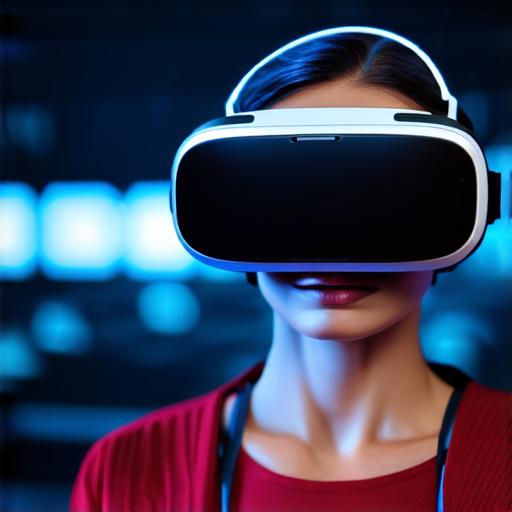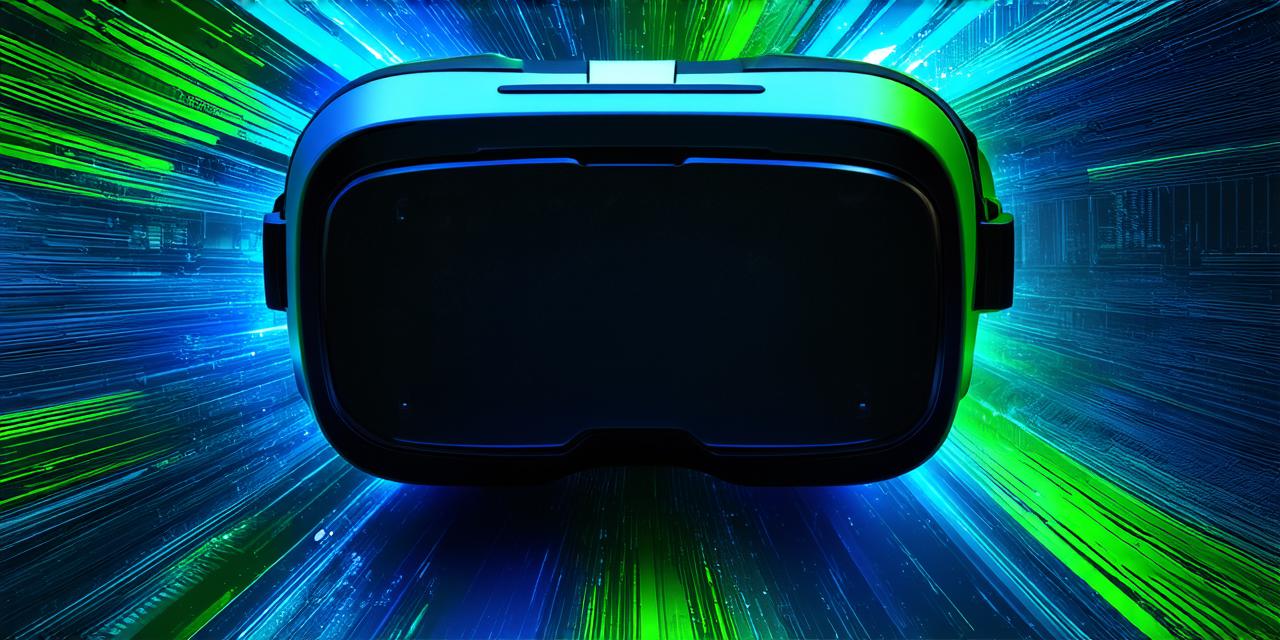Virtual reality (VR) technology has revolutionized the way we experience reality by creating immersive digital environments that simulate the real world. From virtual training to education, healthcare, gaming, architecture, tourism, and real estate, there are numerous practical applications of VR technology that can enhance our daily lives in many ways.
Virtual Training:
Virtual reality technology has revolutionized the way we train and practice skills by providing a safe and controlled environment for employees to simulate real-world scenarios. This not only enhances safety but also reduces the cost of training and allows employees to practice at their own pace. One example of VR training is in the field of aviation, where pilots can use simulations to practice flying in different weather conditions or emergency situations.
Firefighters can also use VR simulations to train for high-pressure scenarios, such as responding to a building fire. The benefits of VR training are clear: it provides a realistic and engaging experience that prepares employees for any eventuality, while reducing the risk of injury or damage to equipment in real life.
Education:
Virtual reality technology has the potential to revolutionize education by creating immersive learning experiences that engage students and enhance their understanding of complex subjects. With VR, students can take virtual field trips to historical sites or explore the human body in 3D, providing them with a unique and memorable experience.
VR can also be used for language learning, where students can practice speaking with native speakers from different parts of the world. The benefits of VR education are numerous: it provides an interactive and engaging environment that enhances student engagement and motivation, while also allowing them to learn from experts and gain a deeper understanding of the subject matter.

Healthcare:
Virtual reality technology has numerous applications in healthcare, including surgery, rehabilitation, and mental health treatment. In surgery, VR can provide surgeons with a 3D view of the patient’s anatomy, allowing for more precise and accurate procedures.
In rehabilitation, VR can be used to simulate real-world scenarios that help patients regain their mobility and independence, such as practicing walking or using their arms in virtual environments. In mental health treatment, VR can be used to create virtual environments that simulate anxiety or phobias, allowing patients to confront and overcome these conditions in a controlled and safe environment.
Gaming:
Virtual reality technology has transformed the gaming industry by creating immersive experiences that engage players on a whole new level. From first-person shooter games to role-playing games, VR can provide players with a level of interaction and immersion that was previously unimaginable.
This has led to the creation of entirely new genres of games, such as educational games and social games. For example, VR games like Beat Saber allow users to experience music in a whole new way by using their body movements to play the game, while social games like Rec Room allow users to interact with each other in virtual environments.
Architecture:
Virtual reality technology has revolutionized the field of architecture by allowing architects to create immersive 3D models of their designs. This allows clients to see and interact with the design in a more realistic way, leading to better communication and collaboration between architects and clients.
VR can also be used for interior design, where clients can see how furniture and decor will look in a space before making any purchases. For example, a person in New York can take a virtual tour of a property in Los Angeles without ever leaving their home.
Tourism:
Virtual reality technology has the potential to revolutionize the tourism industry by allowing people to experience travel and adventure from the comfort of their own homes. With VR, people can take virtual tours of famous landmarks, museums, and cultural sites, providing them with a unique and memorable experience.
Virtual reality technology can also be used to create immersive experiences that simulate extreme sports or adventure activities, such as skydiving or bungee jumping. The benefits of VR tourism are numerous: it provides an engaging and interactive experience that is both accessible and affordable, while also reducing the environmental impact of tourism.
Real Estate:
Virtual reality technology has transformed the real estate industry by providing a realistic and immersive way for buyers and sellers to view properties. With VR, people can take virtual tours of properties, see how they look in different lighting conditions, and even make changes to the design or layout.
This provides buyers with a better understanding of the property, while also reducing the need for physical viewings and saving time and money for both buyers and sellers. The benefits of VR real estate are clear: it provides an effective and cost-efficient solution for buying and selling properties, while also enhancing the client experience by allowing them to see and interact with the property in a more realistic way.
In conclusion, virtual reality technology has numerous practical applications that can enhance our daily lives in many ways. From training and education to healthcare and gaming, VR technology is transforming the way we live and work. As the technology continues to evolve, we can expect to see even more innovative applications of VR in the future, providing us with new and exciting ways to experience reality.
